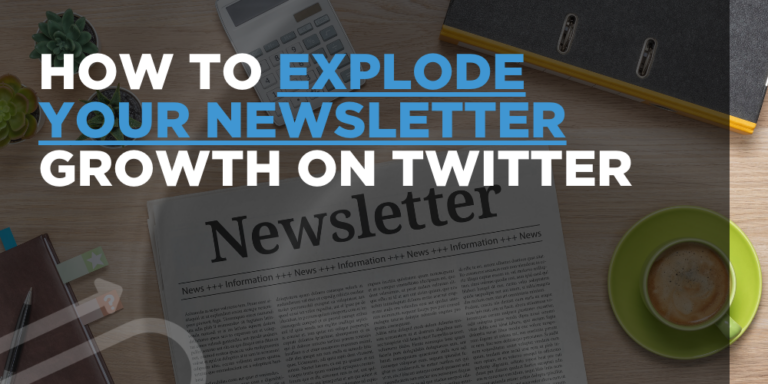Building a Personal Brand: A Must for the Modern Marketer
Building a Personal Brand: A Must for the Modern Marketer
ISSUE #21
Building a Personal Brand
▼
To: Growth Marketer
From: The Growth Memo Team
Date: June 7th.
Alright, you’ve been flexing your marketing muscles! You’ve launched cutting-edge campaigns, mastered Google Analytics, and you’ve been optimizing your emails till they shine like a new penny. Yet, there’s something missing in your marketing symphony…
Are you lost in the digital sea?
Is your name not being recognized?
Do you feel like a small fish in a big pond?
Guess what, it’s not that your skills aren’t stellar. But in today’s supercharged, hyper-competitive marketplace, simply having marketing talent isn’t enough. You need a personal brand that’s as distinctive and vibrant as a peacock’s tail!
What if we told you that building a personal brand could be your golden ticket to the marketing big leagues? Imagine being the go-to person in your niche, the one whose insights are sought after and shared.
In this issue, we are talking about building your personal brand! We will show you how to design and craft your unique brand persona that will set you apart from the crowd and catapult you into marketing stardom!
Are you ready to go from invisible to invincible?
Let’s dive in…
Pulse
YouTube and Video Marketing Trends: Video is driving the future of content marketing, with platforms like YouTube and TikTok attracting key consumer demographics like Gen Z. Brands need to adapt and develop effective video marketing strategies.
(Source: DigitalAgencyNetwork.com)
Navigating Ethical AI Use in Marketing: Delving into the potential risks and ethical implications, here’s how marketers can steer clear and ensure the responsible use of AI in their strategies.
(Source: Entrepreneur.com)
Supercharging Content Marketing with LinkedIn Carousel Posts: Discover six dynamic ways to utilize LinkedIn’s Carousel Posts to amplify your product showcase, thought leadership, and how-to content.
(Source: SocialMediaExaminer.com)
Spotlight
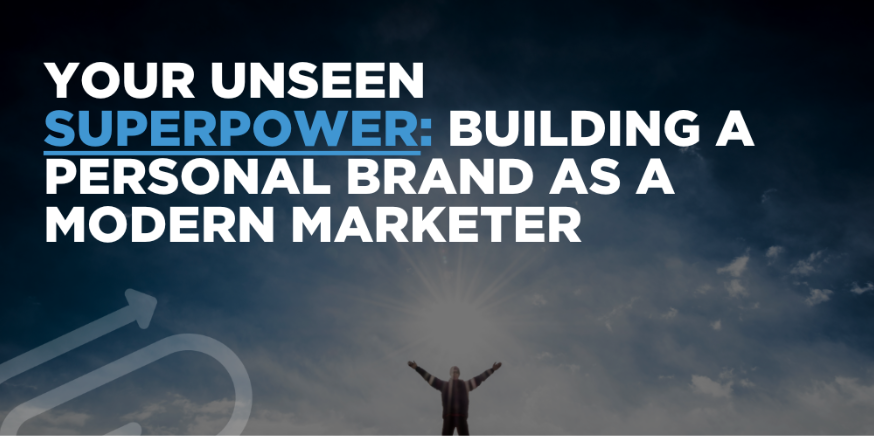
Your Unseen Superpower: Building a Personal Brand as a Modern Marketer.
Building a Personal Brand & What’s Important
Building a personal brand is like crafting your own superhero emblem; it’s unique, it speaks volumes about you, and it’s what people will remember long after you’ve left the room. Your personal brand isn’t just your online persona, your Twitter bio, or your professional accomplishments. It’s the sum total of your values, your passions, your unique skills, and the experiences that have shaped you. It’s the story you’re telling the world.
What are the benefits of Building a Personal Brand?
Credibility Boost: With a strong personal brand, you position yourself as an authority in your field. This lends credibility to your ideas and proposals, opening doors for opportunities and collaborations.
Networking Supercharger: Your personal brand acts as a magnet, attracting like-minded professionals, potential clients, and collaborators, helping you expand your network organically and meaningfully.
Career Enhancer: A personal brand acts as a catalyst for your career. Whether you’re job hunting, freelancing, or launching a start-up, a well-crafted personal brand can help you stand out and accelerate your success.
What are the Cons of Building a Personal Brand?
Time-Consuming: Building a strong personal brand isn’t a one-off task. It’s an ongoing project that requires time, effort, and commitment.
Privacy Intrusion: With a public personal brand, you’re more visible – which can sometimes feel intrusive. You’ll need to strike a balance between personal and professional.
Risk of Misinterpretation: As you craft your brand, there’s a risk of misunderstanding or misinterpretation. It’s crucial to be clear and authentic to avoid this.
Here is what you need to know:
Define Your Unique Value Proposition: What sets you apart? Identify your unique skills, experiences, and passions that make your brand unique.
- Identify your strengths: Start by listing your skills, passions, and experiences that give you an edge over others.
- Understand your audience: Research your target audience, understand their pain points and aspirations.
- Create your unique value proposition: Craft a concise statement that connects your unique strengths to the needs of your audience. Make sure it shows how you provide value and why you’re different.
- Validate and refine: Test your UVP with trusted peers or mentors, gather feedback and refine as needed.
Build a Consistent Online Presence: Choose your platforms wisely and maintain a consistent brand voice and visual style across them.
- Choose your platforms: Identify where your target audience spends their time online. You want to be active where they are.
- Craft your brand voice: Develop a tone of voice that reflects your brand personality. This should be consistent across all platforms.
- Create a visual identity: This includes a professional photo, a consistent color palette, and fonts that are used across all your platforms.
- Consistent content strategy: Ensure your content aligns with your brand values and message, and keep a regular posting schedule.
Craft a Memorable Personal Story: A compelling personal narrative can make your brand unforgettable. Make sure it reflects your values, your journey, and your future goals.
- Reflect on your journey: Jot down key events, turning points, successes, and failures in your life.
- Connect the dots: How have these experiences shaped you and your approach to your work?
- Craft your narrative: Turn your reflections into a compelling story that communicates your values, your journey, and where you’re headed.
- Refine your story: Cut out unnecessary details and make sure it engages the audience from the beginning. Be authentic and genuine.
Engage With Your Community: Don’t just broadcast. Engage with your audience, respond to their comments, and participate in discussions. This will make your brand more relatable and memorable.
- Listen first: Spend time understanding the conversation before jumping in. What are the pain points, interests, and conversations happening in your community?
- Be responsive: When someone comments on your posts or messages you, reply in a timely manner. Show appreciation for their input.
- Add value: Share helpful insights, answer questions, and provide support. This will build trust and strengthen your brand.
Keep Learning and Evolving: Your personal brand should grow and evolve with you. Keep learning, keep exploring new ideas, and keep updating your brand.
Just getting started? Here is a 30 Day Plan you can follow to kick-start your personal brand now:
This 30-day plan offers a structured and strategic guide for firing up your personal brand from the ground up, covering everything from self-assessment to defining your unique value proposition, content creation, networking, and more.
Important: This is just a sample guide, and you should only do things that play to your strengths. We have all preferred modalities, and we should play into that to increase success.
Example: If you like to write, blog. If you like to speak, do a podcast, If you like to be on video, do a youtube channel. Stick with your strengths to increase the chances of creating habits that stick!
Day 1: Self-Assessment: Identify your skills, passions, and what makes you unique.
Day 2: Define Your Goals: Understand what you want to achieve with your personal brand.
Day 3: Identify Your Audience: Determine who your target audience is and what they care about.
Day 4: Unique Value Proposition: Craft a succinct statement that encapsulates what sets you apart from others.
Day 5: Online Presence Audit: Evaluate your current online presence, if any. Start thinking about where your audience spends time online.
Day 6: Personal Brand Statement: Write a compelling personal brand statement that reflects your values, your journey, and your future goals.
Day 7: Start Building a Personal Website: Begin designing a personal website that will serve as your online hub.
Day 8-9: Develop Your Personal Website: Include your portfolio, blog, and a bio that incorporates your personal brand statement.
Day 10: Craft Your Social Media Strategy: Decide on which platforms to focus on, taking into consideration where your target audience is most active.
Day 11: Update Social Media Profiles: Make sure your profiles reflect your personal brand and link back to your website.
Day 12: Content Strategy: Plan out the kind of content you want to create. This should align with your skills and interests, and also provide value to your audience.
Day 13-14: Start Blogging: Write your first blog post on a topic you’re passionate about and that aligns with your personal brand.
Day 15: Start Social Media Engagement: Share your blog post on your chosen social media platforms. Engage in conversations and start building your community.
Day 16: Networking: Reach out to others in your niche, comment on their content, and start building relationships.
Day 17: Engage with Your Community: Respond to comments, answer questions, participate in discussions. Show your audience that you are approachable and genuinely interested in them.
Day 18: Write a Guest Blog: Reach out to a relevant blog or online magazine in your niche and offer to write a guest post. This can greatly extend your reach and authority.
Day 19-20: Keep Blogging and Engaging: Consistency is key. Continue to create content and engage with your audience.
Day 21: Develop a Signature Offering: Think about a product or service you can offer that aligns with your personal brand. This could be an eBook, online course, coaching, etc.
Day 22: Start Promoting Your Offering: Use your blog and social media channels to start promoting your offering.
Day 23: Ask for Testimonials: Reach out to past colleagues, clients, or professors and ask them to write a brief testimonial about your skills and experiences.
Day 24: Add Testimonials to Your Website: This can help increase your credibility and social proof.
Day 25: Keep Engaging and Providing Value: Share helpful tips, insights, or inspiring stories on your blog and social media.
Day 26: Create a Newsletter: Start an email newsletter to keep your audience updated about your latest content, insights, and offerings.
Day 27: Promote Your Newsletter: Use your blog and social media to encourage people to sign up for your newsletter.
Day 28: Continue Networking: Networking should be an ongoing effort. Keep engaging with others in your niche and stay active in relevant discussions.
Day 29: Evaluate Your Progress: Review your efforts and see what’s working and what’s not.
Day 30: Plan for the Future: Based on your evaluation, make a plan for the next month. Remember, building a personal brand is a long-term effort, but with consistency, you’ll see progress.
Remember, this plan is meant to be a flexible guideline. Feel free to adapt it to suit your specific situation, goals, and audience. Building a personal brand is a powerful tool in the modern marketer’s arsenal.
It’s not just about standing out in the crowd; it’s about crafting a unique narrative that resonates with your audience, a beacon that attracts the right opportunities, and a shield that safeguards your professional integrity. So, are you ready to craft your superpower? Let’s get started!
The Breakdown:
This week, we are breaking down Impacttheoryuniversity.com
Tom Bilyeu is the co-founder of the billion-dollar brand Quest Nutrition, which revolutionized the health and fitness industry with its high-protein, low-sugar, and fiber-rich protein bars. He’s also the creator and host of Impact Theory, a highly successful interview-style podcast and YouTube show, where he explores the mindset of the world’s highest achievers and shares it with his audience. Through his multifaceted work, Tom has dedicated himself to helping others unlock their potential and ignite their passion for achieving extraordinary results. Impact Theory University Is an extension of the show and offers comprehensive mindset and business courses to reboot your life!
★ Hook: “REBOOT YOUR LIFE IN 7 DAYS.”
Impact Theory University piques curiosity and builds anticipation with this short yet powerful statement. It appeals to those seeking a transformation in their life and career. They cleverly leverage the concept of quick, tangible results tied to personal growth—a concept that’s both intriguing and captivating to their audience.
★ Promise & Benefits: “Get a free week to learn the ultimate SUPERPOWER to crush any goal.”
The promise is bold and enticing: the offer of a ‘superpower’ implies a unique, potent toolset that will empower users to achieve their objectives. The benefits are clear – personal growth, the completion of a target, and becoming part of a like-minded community, all under the guidance of a proven entrepreneur.
★ Unique Selling Proposition: “Follow billion-dollar entrepreneur Tom Bilyeu’s blueprint for personal growth.”
The unique selling proposition here leverages Tom Bilyeu’s success as an entrepreneur and offers direct access to his personal blueprint for growth. They assure the outcome, providing a sense of security and trust, positioning Impact Theory University as an infallible platform for personal and professional development.
★ Unique Mechanism: “MINDSET and BUSINESS courses.”
Impact Theory University’s unique mechanism lies in its comprehensive mindset and business courses, which are designed to help subscribers evolve in their personal and professional lives. By providing actionable insights and strategies, ITU offers a concrete method to bring about change and reach personal goals.
★ Offer: Offer: “Free Trial”
The simplicity of the offer (a free week trial) provides an accessible way for individuals to experience the benefits of ITU without any initial financial commitment. This low-risk entry point allows potential subscribers to explore the platform and experience its value firsthand before making a financial commitment.
It’s $0.00 for the first 7 days, then $119/m after your first week.
Want to check out their growth funnel? Click Here
Reflection
What can I do today to build my network?
FOR MARKETERS
WHO ARE READY
TO GROW.
[wpforms id=”179″]
Written By:
![]()
Zachary J. Radford
Editor & Copy Chief Of TheGrowthMemo.com
At Growth Memo, we are strongly committed to protecting your privacy and providing a safe & high-quality online experience for all visitors. We understand that you care about how the information you provide to us is used and shared. We have developed a Privacy Policy to inform you of our policies regarding collecting, using, and disclosing information we receive from our Website users. Federal Filing operates the Website. Our Privacy Policy, along with our Terms & Conditions, governs your use of this site. By using https://www.TheGrowthlMemo.com/ or accepting the Terms of Use (via opt-in, checkbox, pop-up, or clicking an email link confirming the same), you agree to be bound by our Terms & Conditions and our Privacy Policy.
Suppose you have provided personal, billing, or other voluntarily provided information. In that case, you may access, review, and make changes to it via instructions found on the Website or by emailing us at team@thegrowthmemo.com. To manage your receipt of marketing and non-transactional communications, you may unsubscribe by clicking the “unsubscribe” link located at the bottom of any marketing email. Emails related to the purchase or delivery of orders are provided automatically – Customers cannot opt-out of transactional emails. We will try to accommodate any requests related to the management of Personal Information in a timely manner. However, it is not always possible to completely remove or modify information in our databases (for example, if we have a legal obligation to keep it for specific timeframes). If you have any questions, reply to this email or visit our Website to view our official policies.


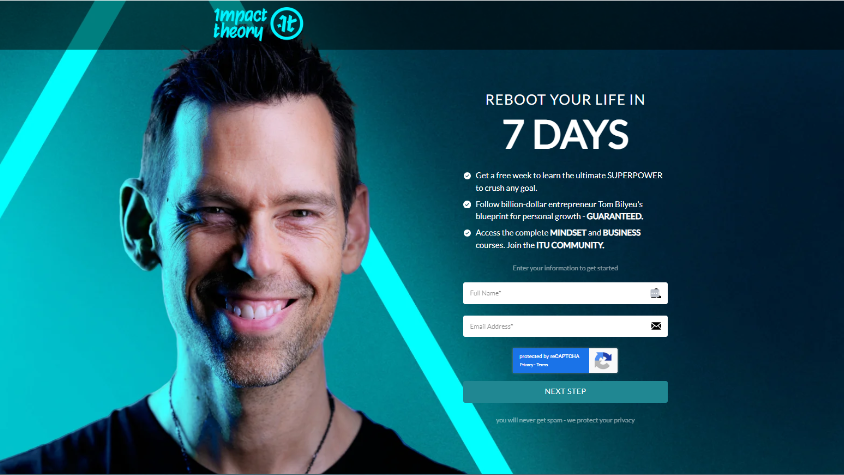
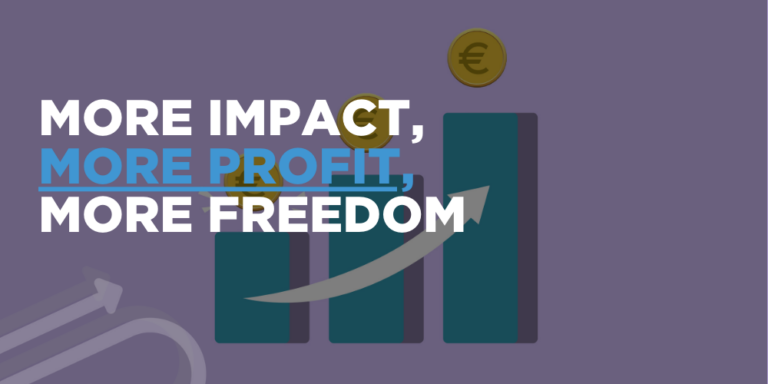
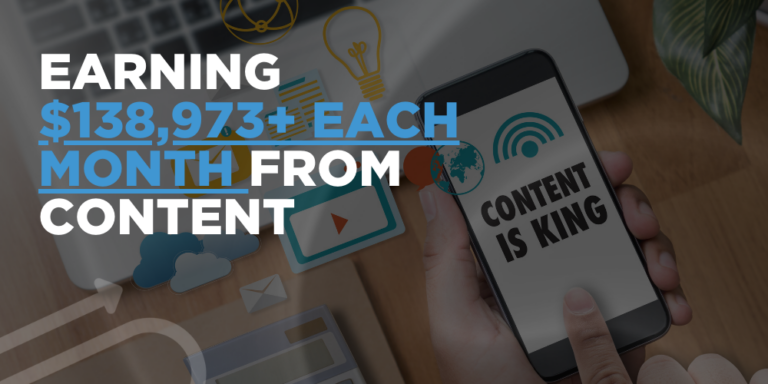
![Grant Cardone’s winning funnel [breakdown]](https://thegrowthmemo.com/wp-content/uploads/2024/01/Grant-Cardones-winning-funnel-breakdown-768x384.png)
